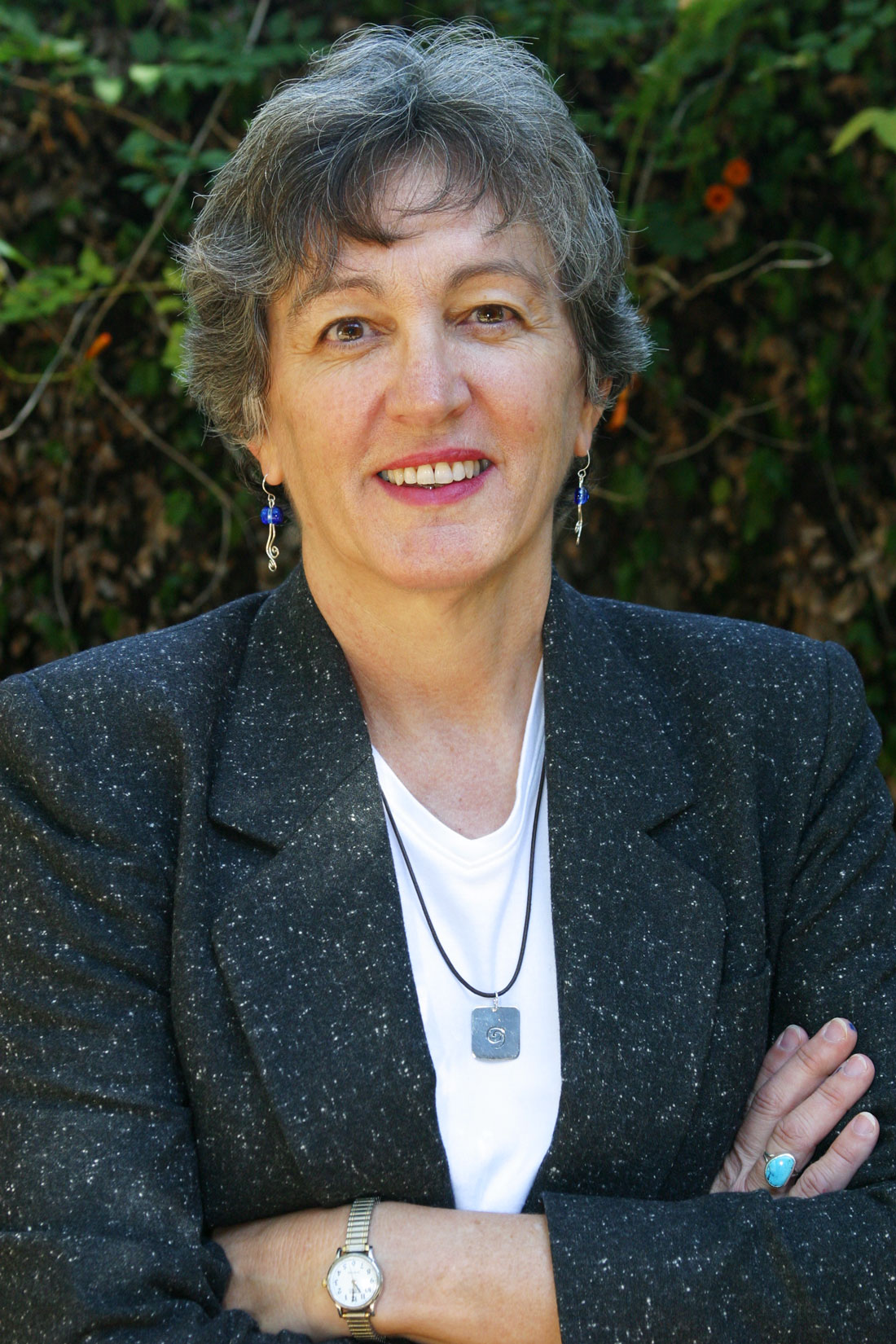When Charlton Heston passed away a few weeks back, I couldn’t help but think of Michael Moore’s attack on him in Bowling for Columbine.
Besides being blindsided, Heston was also obviously slowed by advanced age and diminished wit. Moore posed as a National Rifle Association aficionado and then jumped him about gun deaths in America.
Unable to defend himself, Heston patted Moore’s shoulder and trudged pitifully away. Moore may have scored some zingers for gun control, but he looked like a bully.
I know Heston had boasted that gun control proponents would have to pry his weapons from his cold dead hands. He also stumped for global-warming scoffers. In recent years, he was often on the wrong side of things, but he deserved better than for Moore’s attack to be our last big-screen memory of him.
Despite his late stances, Heston’s accumulated deeds and works were proof of an inspiring man who could be radically progressive. For the “I Like Ike” generation, Heston was Moses, Ben-Hur, and El Cid, codifying conventional courage and nobility. But there was a whole other side to his career, in which he inspired my generation through his unconventional 1970s sci-fi anti-hero legacy.
In perhaps the most remarkable individual trifecta of radicalism in motion picture history, Heston challenged us politically, racially, and environmentally. In 1968 he played Astronaut Taylor in Planet of the Apes, which began with his Hamlet-like monologue: “Does man, that marvel of the universe, that glory of paradox – who sent me to the stars – still make war against his brother, keep his neighbor’s children starving?” His answer comes at the end of the film. Galloping away from the “apes,” Taylor finds a tumbled Statue of Liberty half-buried on a beach. “Oh my god,” he says. “We finally really did it.” It’s a terrifying prophecy.
In 1971, Heston played Robert Neville, the last man on earth in Omega Man. The film warns us about biological and nuclear war, but the really subversive aspect is Neville’s interracial relationship with the only adult female survivor, Lisa, a tough-talking black woman played by Rosalind Cash. In a year that saw race riots in Brooklyn, a Black Panther attack on a police station in San Francisco, racially motivated murders in Mississippi, and fire-bombings in North Carolina, seeing Hollywood’s Moses kissing and eventually making love to a black woman was radical and unsettling. To see a black woman nude, afro-ed, and statuesque on the same screen with God’s right-hand man was a shock for whites and blacks alike. It may not seem like a big deal now, but few Tinseltown A-listers then would have taken such a role.
In 1973, Heston followed up with a stark portrayal of a New York City detective in Soylent Green. The world is portrayed as a post-apocalyptic dystopia where women are referred to as “furniture,” people starve in the streets, and the political-industrial complex sponsors voluntary suicide. The detective discovers that Soylent Green, the new, life-sustaining “miracle food” allegedly gathered from the oceans, is actually made from recycled human corpses – an endlessly renewable food source.
For many of us, Heston put social accountability, environmentalism, and racial diversity on the map. We watched his sci-fi movies on the big screen and then over and over again on the small screen, imbibing the issues they explored and the implications they raised. After that, it was easy to ignore his more recent conservative activism. The insights his roles legitimized in the 1970s far surpassed the ignorance his political posturing fostered of late.
Now, as oil prices fly through the roof and we still wage war against our brothers, deprive our neighbor’s children of food, and stand idly by while genocides occur, I can’t help but wonder if we will really finally do it. As dead zones spread in our oceans, the ice caps melt, and bees disappear from our food chain, I wonder when we’ll be forced to develop our own Soylent Green, with what ingredients. I keep thinking of the line by Edward G. Robinson’s elderly character in Soylent Green: “There was a world once,” he says. “I was there. I can prove it.”
Will I be able to prove it to my great-grandchildren?
E. R. Bills is a Fort Worth-area freelance writer.











